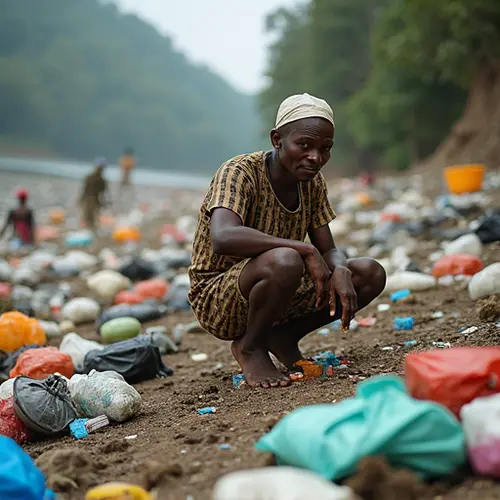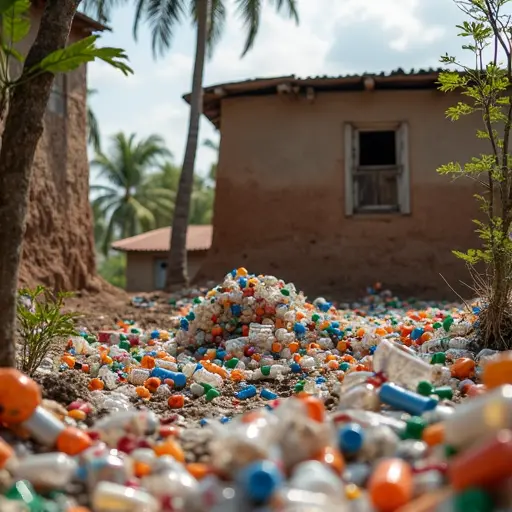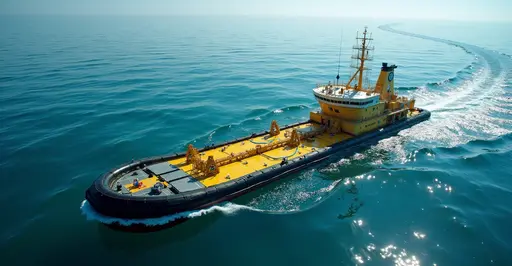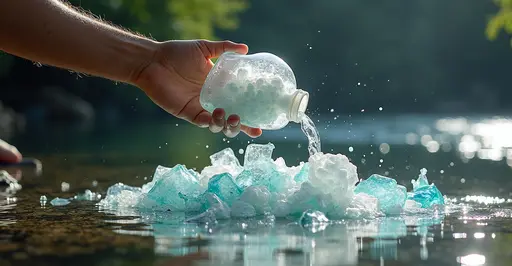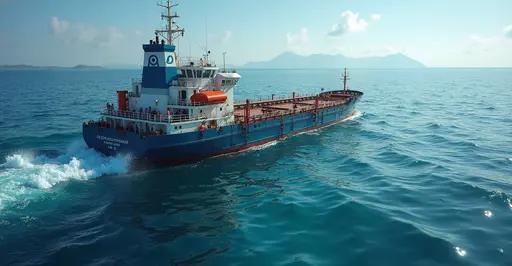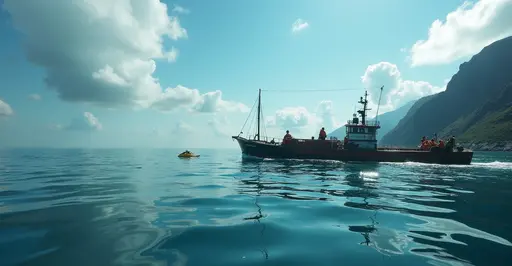
Revolutionary Plastic Capture at Sea
The Ocean Cleanup has deployed its largest fleet of automated booms in oceanic gyres worldwide, marking a significant escalation in the battle against marine plastic pollution. These U-shaped robotic barriers, some spanning over 2.2 kilometers, are actively towed by support vessels through areas of concentrated plastic accumulation like the Great Pacific Garbage Patch.
How the Technology Works
The system uses floating barriers with submerged skirts that funnel plastic toward a central retention zone. Solar-powered sensors monitor debris collection in real-time, while specially designed escape hatches allow marine life to exit safely. Each system can capture microplastics as small as 1cm alongside larger debris like ghost nets. "System 03 represents our most efficient design yet," said Boyan Slat, founder of The Ocean Cleanup. "By actively towing the barriers, we can target plastic hotspots more effectively than passive systems."
River Interceptors: Stopping Plastic at the Source
Simultaneously, the organization has expanded its river interception technology. Custom-designed solutions including Interceptor Barricades in Guatemala and Interceptor Originals in Southeast Asia now operate in 20 locations across nine countries. The recently deployed Interceptor 021 on Guatemala's Motagua River captured 1.4 million kg of waste in just hours during heavy rainfall earlier this year. "Eighty percent of ocean plastic comes from just 1,000 rivers," Slat emphasized. "Our strategy is to attack the problem at both ends."
Milestone Achievements
As of June 2025, The Ocean Cleanup reports removing over 30 million kilograms of plastic from oceans and rivers since operations began. The organization's dashboard shows nearly 500,000 kg extracted from the Great Pacific Garbage Patch alone by System 03. Recent innovations include increased mesh sizes in retention zones to minimize bycatch and improved durability for extreme weather conditions. The technology has evolved significantly since early prototypes faced challenges in 2018-2019 with plastic retention and structural integrity.
Global Expansion
New partnerships with Kia and a $25 million donation from Airbnb co-founder Joe Gebbia are accelerating deployment. The Ocean Cleanup aims to operate 10 ocean systems simultaneously by 2026, targeting 50% reduction in the Great Pacific Garbage Patch within five years. River operations continue to expand with recent installations in Thailand's Chao Phraya River and Indonesia's Cisadane River. "Interceptor technology isn't one-size-fits-all," explained project manager Felix Orlin. "We tailor solutions to each river's width, flow speed, and debris composition."
Environmental Impact Debate
While celebrating these milestones, scientists continue evaluating potential ecosystem impacts. Recent studies in PeerJ highlight concerns about surface-dwelling neuston organisms. The Ocean Cleanup has responded by implementing Marine Animal Safety Hatches (MASH) and increasing barrier permeability. "We're transparent about challenges," Slat acknowledged. "Our environmental team constantly monitors bycatch rates, currently below 0.1% of collected mass."
The Road Ahead
The organization is developing next-generation systems that integrate AI for plastic detection and improved materials from recycled ocean plastic. With plastic pollution estimated to reduce marine ecosystem value by $500-$2500 billion annually, the project represents one of humanity's largest environmental rescue missions. As operations scale, The Ocean Cleanup continues transforming recovered plastic into products like sunglasses to fund further cleanups, closing the loop on ocean plastic pollution.

 Nederlands
Nederlands
 English
English
 French
French
 Deutsch
Deutsch
 Espaniol
Espaniol
 Portugese
Portugese




